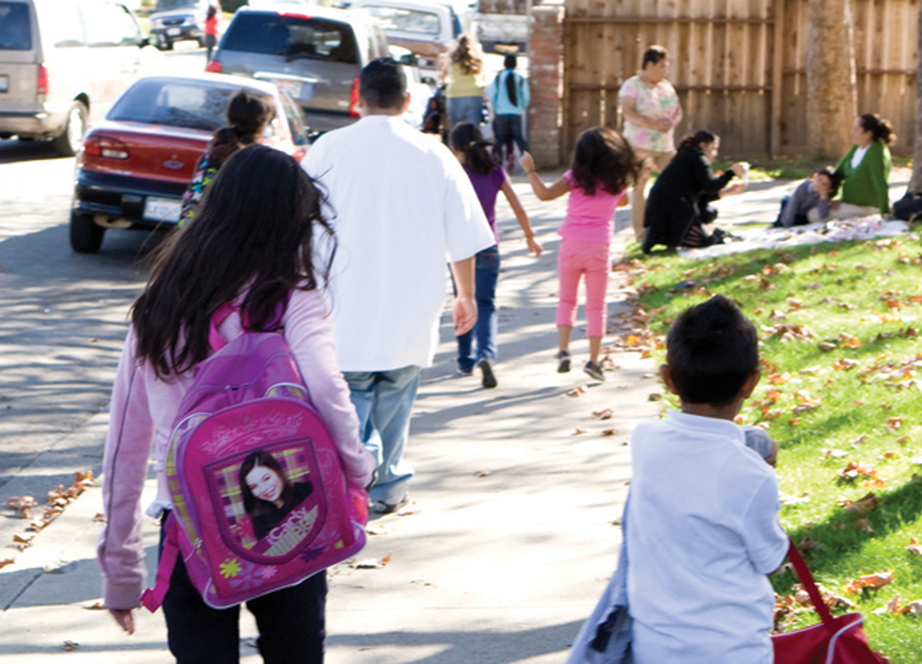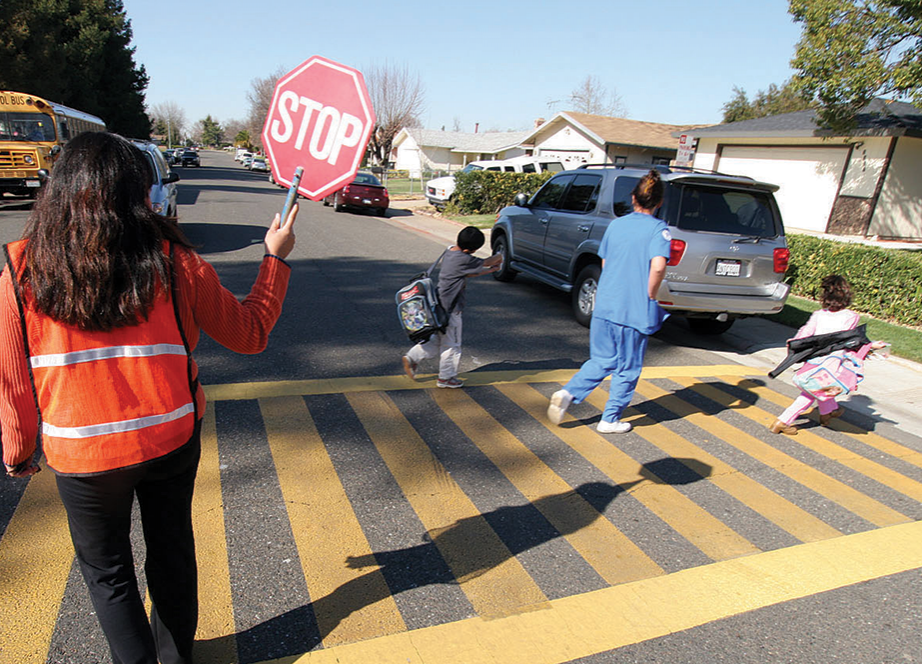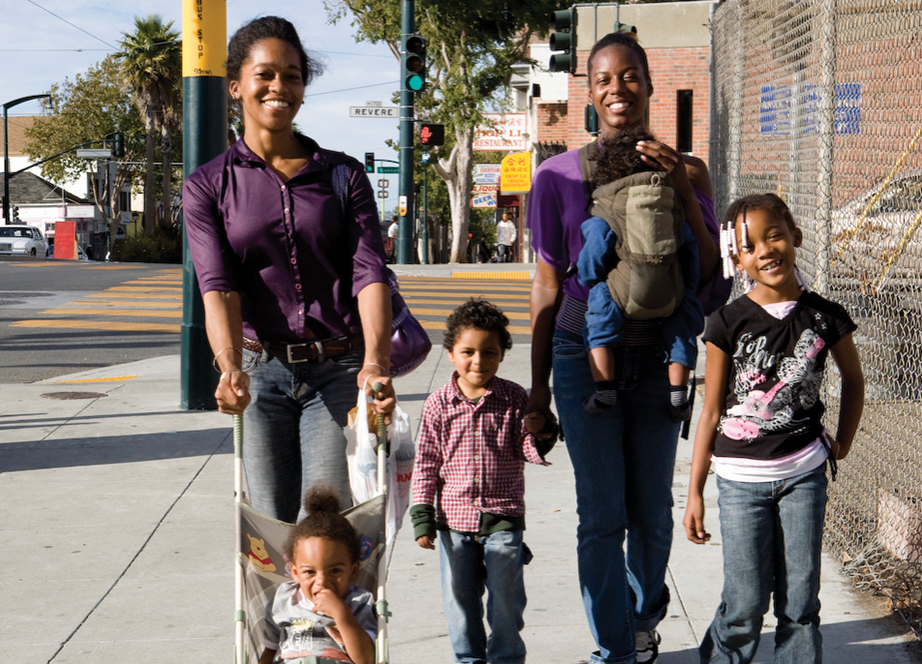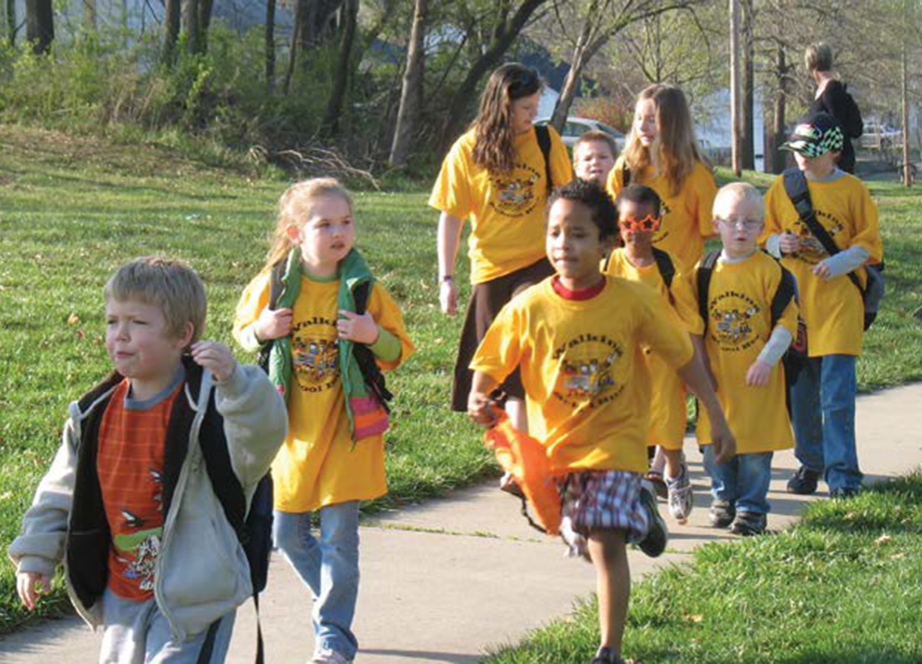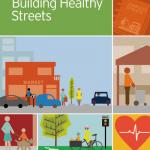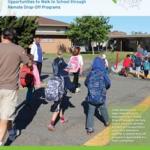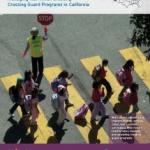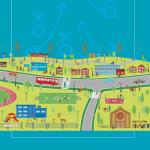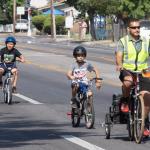Safe Routes to School (SRTS), a movement that promotes safety and other improvements to increase walking and biking to school, is an effort that community members, schools, school districts, policymakers, and local governments can all support.
Safely walking, rolling, or biking to and from school has many social, economic, and health benefits for students, their families, and the broader community. When children use active transportation to get to school, they increase their levels of physical activity and decrease their likelihood of having obesity, diabetes, and other chronic health conditions. Daily exercise also improves their mental health, strengthens social connections, and ensures that students arrive at school ready to learn. And forming healthy habits — such as exercise — at a young age also promotes healthy living as an adult.
The routes that people take to school are often the same routes that are used to reach other destinations like workplaces, businesses, social services, and parks, so improving the condition of streets near schools can have a widespread impact, especially when such investments are made in communities that have experienced inequities or marginalization.
Our SRTS resources help communities embed strategies that support safe, active transportation to school in their local programs, policies, and plans.
